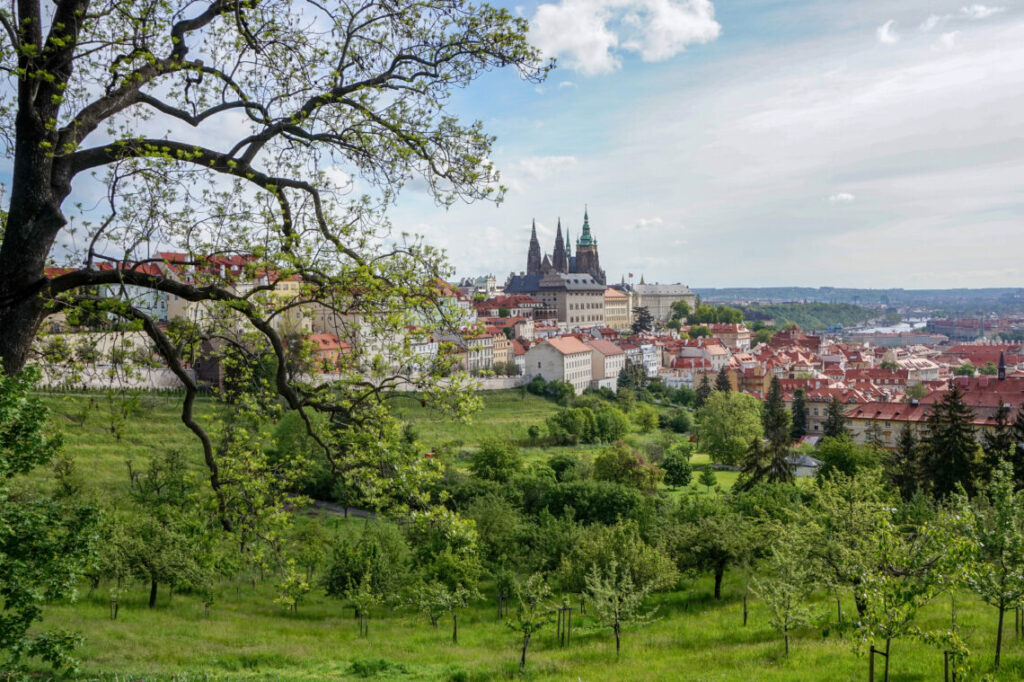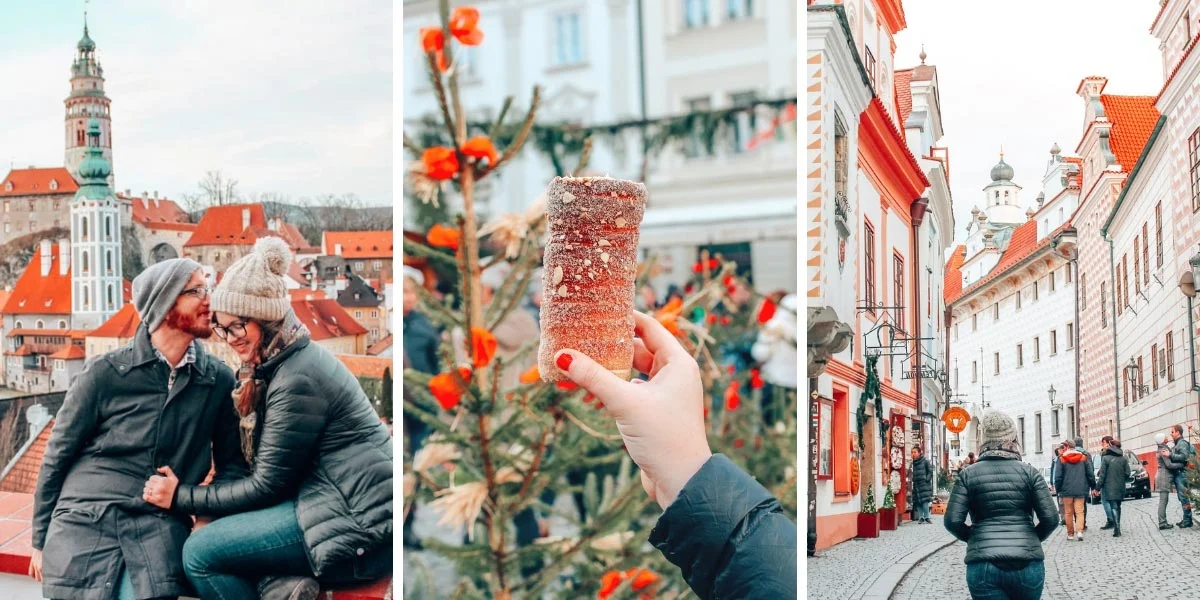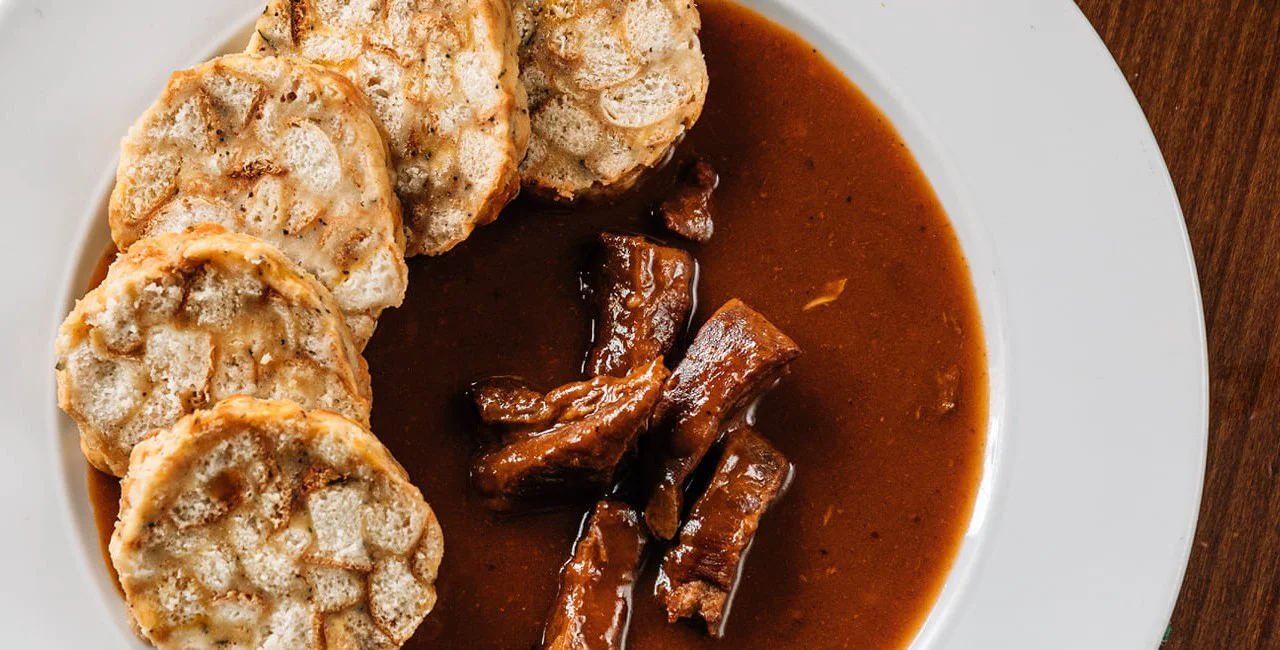Green Roofs and Urban Farms in Prague: A Revolution in Urban Agriculture
In the heart of Europe lies a city wearing multiple layers of history and heritage. Yet, an architectural and agricultural revolution is quietly unfurling its petals above its age-old roofs and within its urban landscapes. Zelené střechy (green roofs) and městské farmy (urban farms) are redefining Prague's skyline while fostering unparalleled sustainability and creativity. Join us as we explore this urban agricultural movement, its impact, benefits, and future potential.


What Are Zelené Střechy and Městské Farmy?
Zelené střechy and městské farmy transcend traditional architectural and agricultural boundaries. Green roofs involve the layering of vegetation atop buildings, bringing life and ecological benefits to previously inactive spaces. Urban farms, often located on rooftops or in city-centers, are cultivating local produce and bio-diverse ecosystems.- Environmental Enhancement: These green oases aid in reducing pollution, improving air quality, and mitigating urban heat effects.
- Economic Viability: Green roofs and farms offer potential economic benefits through reduced energy costs and fresh produce sales.
- Community Engagement: They foster a sense of community by reconnecting people with food production, enhancing local engagement and awareness.
Why Zelené Střechy Matter for Prague
Prague is not only a hub of historical and cultural wealth but is also rapidly evolving into a beacon of sustainability. With the rise of global awareness towards climate change and sustainability, Prague is embracing a path to ensure longevity and resilience:- Historical Harmony: Often misconceived as modern reconstructions, these green additions seamlessly blend with Prague’s historical architecture, knitting past and present.
- Legal Support: The Czech Republic has seen a surge in incentivizing green initiatives, with policies supporting green roofs to improve urban infrastructure.
Frequently Asked Questions About Zelené Střechy a Městské Farmy
1. Are green roofs and urban farms a cost-effective solution?- While initial investments may be higher, long-term energy savings and social benefits outweigh initial costs.
- By offering habitats for various flora and fauna, green roofs contribute significantly to urban biodiversity.
- Sedum plants, grasses, and local perennials are popular choices due to their resilience and low maintenance.
- By providing local, fresh produce, urban farms increase accessibility to healthy food while reducing dependency on imported produce.
Key Benefits of Green Initiatives
- Sustainability Incentives: Municipal support for green structures promises tax breaks and other incentives to encourage broader adoption.
- Economic Returns: Studies show a potential increase in property value and employment opportunities within green sectors.
The Future: Strategies for Growth and Success
Proactive Policies and Collaborations: Greater collaboration with urban planners, architects, and citizens to prioritize sustainable designs will be key. Education and Workshops: Building awareness through educational initiatives and workshops can foster greater community support and involvement. Investment in Technology: Leveraging advanced technology to maintain and monitor zelené střechy efficiently and economically.Conclusion
Zelené střechy and městské farmy in Prague are more than just novel architectural features; they are the seeds of a sustainable future. Through these initiatives, Prague is not only preserving its past but laying a scalable blueprint for global urban sustainability. As we look forward, the continued expansion of green roofs and urban farms could turn the city into a leading model of innovation and ecological balance. Call to Action: Share this article to spread awareness about Prague's green evolution. Together, we can advocate for greener cities and a healthier planet.Rate the article















